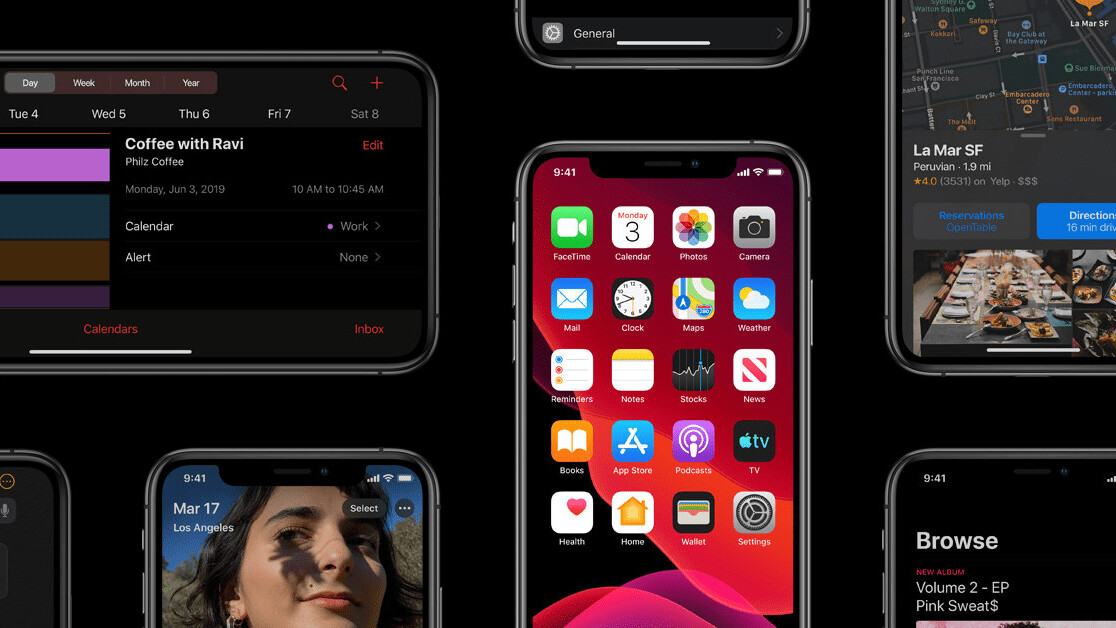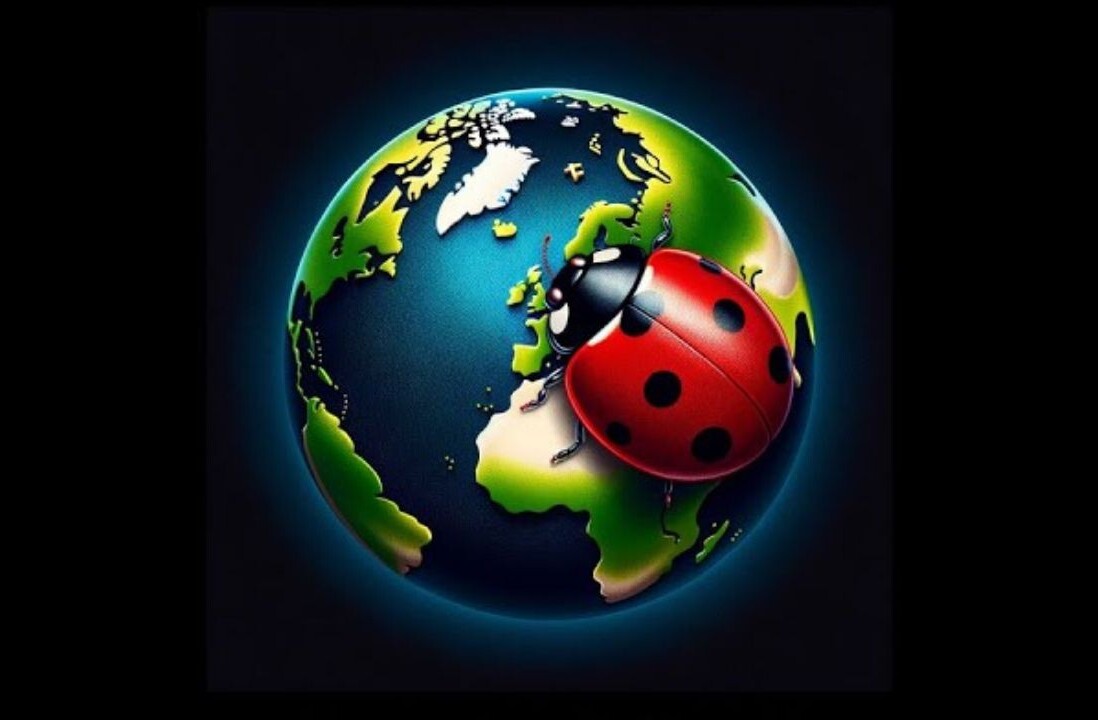iOS 13 is finally here. The big addition this time around is the system-wide dark mode, and much-needed refinements to apps like Maps, Photos, and Reminders.
Then there are the new security and privacy features that alerts you about the apps that use your location, and those that want to access your Bluetooth. Safari even packs in a few more anti-tracking features that make it difficult for ads to track you across the web.
But it’s also buggy — which means you may want to hold back for a couple of days more before embracing the dark side. What’s more, iOS 13.1 is right around the corner.
Apple is advancing the releases of iPadOS — an iOS variant specific to iPads — and iOS 13.1 from September 30 to September 24, nearly a week before their planned rollouts. So, if you want to skip the iOS 13 update, you can wait for another four days and go straight to iOS 13.1.
That raises an interesting question — why bother releasing iOS 13 at all? Can’t Apple ship its iPhone 11 models with iOS 12 when it’s just a matter of a couple of days? Or is it a prerequisite to launching their new iPhones?
“iOS 13 has felt like a super-messy release, something we haven’t seen this bad since iOS 8 or so,” tweeted noted app developer Steve Troughton-Smith a couple of days ago.
I’ve thought for a while now that Apple should announce iOS releases more like a ‘season pass’; here’s everything coming in the iOS 13 timeframe, but not all at once. Maybe developer betas get features/APIs early, or opt-in things. Apple needs a better content release cadence ?
— Steve Troughton-Smith (@stroughtonsmith) September 18, 2019
Even as iOS 13 becomes officially available to all owners of an iPhone 6S or later, Apple has been continually testing and tweaking its software since June. And in something atypical for Apple, the company removed features it introduced in earlier beta versions and released 13.1 beta before iOS 13 was even out.
Still, a lockscreen exploit managed to bypass Apple’s quality control while some others reported loss of data backed up to iCloud. Although the lockscreen bug will get fixed with iOS 13.1, Apple acknowledged the iCloud issues and has resolved them in the software that shipped yesterday.
iOS 13.1 also includes a number of features that were not included in iOS 13. For one, you can pair two sets of AirPods to the same phone. There’s also Shortcut Automations, which are worth digging into.
With Automations, you can create personal and home workflows from the Shortcuts app to have certain actions performed when specific conditions occur. When you need to be reminded of adding milk when you’re at the nearby grocery store, for example, instead of having to note it down, you can create a personal workflow that will alert you automatically once you reach the place.
Last year, Apple had its software development process stretched for features like Group FaceTime, which were available in the first betas, only to be subsequently pushed to iOS 12.1.

Similarly, with the release of iOS 11 in 2017, Apple ended up delaying several features that were initially announced as part of the update until later in the year. Three significant iOS 11 features, including Apple Pay Cash, AirPlay 2, and Messages in iCloud, did not come out until months after iOS 11 launched.
Fast forward to now, the split releases of iOS and iPadOS on separate dates could pose further headaches.
Should you choose to update your iPhone to iOS 13, Reminders will stop syncing with your iOS 12-running iPad until iPadOS comes out next week. Likewise, if you modify an existing shortcut in iOS 13, it won’t work on iOS 12.
Not hitting the promised dates for shipping software features is not unusual. But September is a crucial month for Apple. The fact that their software releases are timed to coincide with the launch of new iPhones and watches necessitates that it readies all its promised features at once.
But three months is too short a period to fix software flaws. In contrast, Google released its first beta of Android 10 on March 13, 2019, giving it almost six months to iron out problems before it was launched this month.
While most of the changes may seem cosmetic or iterative, iOS — and iPadOS — are also becoming mature operating systems of their own with every successive release, requiring ambitious feature sets to be rigorously tested ahead of public rollout.
What Apple needs to do is prolong its development cycle and offer a more concrete roadmap of features over a period, so it takes off some of the pressure to meet tight deadlines, and give the company more time to squash bugs.
Get the TNW newsletter
Get the most important tech news in your inbox each week.





